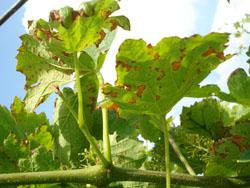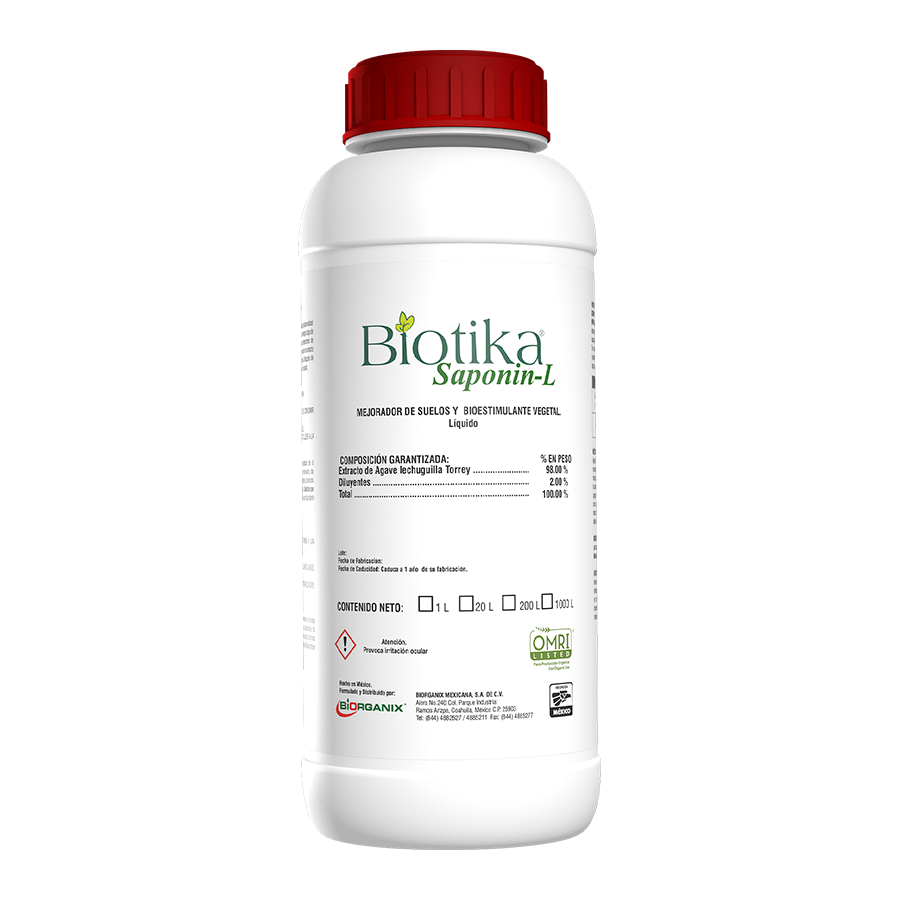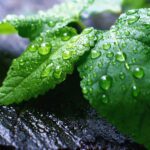Chlorine (Cl) is an essential element for plants, but it is required in very small quantities. Depending on the culture and its phonological stage, the Chlorine content in the tissue will be variable.

Chlorine (Cl) toxicity manifests itself with burns on the margins of the leaves, premature yellowing, bronzing, even leaf drop. Among the most tolerant crops to Chlorine (Cl) contents are sugar beet and barley, the moderately tolerant potato and wheat, and finally the most sensitive such as broad bean, legumes, strawberry and peas.
Symptom
• Young leaves are the most affected.
• Symptoms of chlorosis and wilting of young leaves appear.
• Terminal buds are alive, but appear necrotic.
• Plants such as avocado or grapevine show toxicity at high concentrations of chlorine.

Symptoms of excess or toxicity
The excess of Chlorine (Cl) is frequent in arid zones and near the coast. It manifests itself by burning the edge of the leaf, its premature tanning and yellowing, and its subsequent fall.
Excessive burning can eventually result in leaf loss. However, it could be difficult to diagnose Chlorine (Cl) toxicity. It is often difficult to distinguish whether the symptom of toxicity is directly related to Chloride or to other elements that are absorbed, for example, generally, with Sodium (Na).
Biotika Saponin L, is a product made in an ecological way, from waste from the Agave Lechuguilla textile industry, the extract is rich in steroidal saponins. The natural saponins present in Biotika Saponin L, produce the phenomenon known as flocculation, which promotes the improvement of the physical and chemical properties of the soil: such as the formation of aggregates, aeration, penetration and retention of water.
As an effect derived from the previous phenomenon, Biotika Saponin L, promotes the development of beneficial microorganisms in the rhizosphere area, stimulating it.
Biotika saponin L, due to its origin, is composed of molecules known as steroidal saponins and oxalates, which react with the salts that could be found in the rhizosphere area, blocking them and allowing better root development. chlorine section
 AgronoBlog – Agriculture Blog
AgronoBlog – Agriculture Blog 


